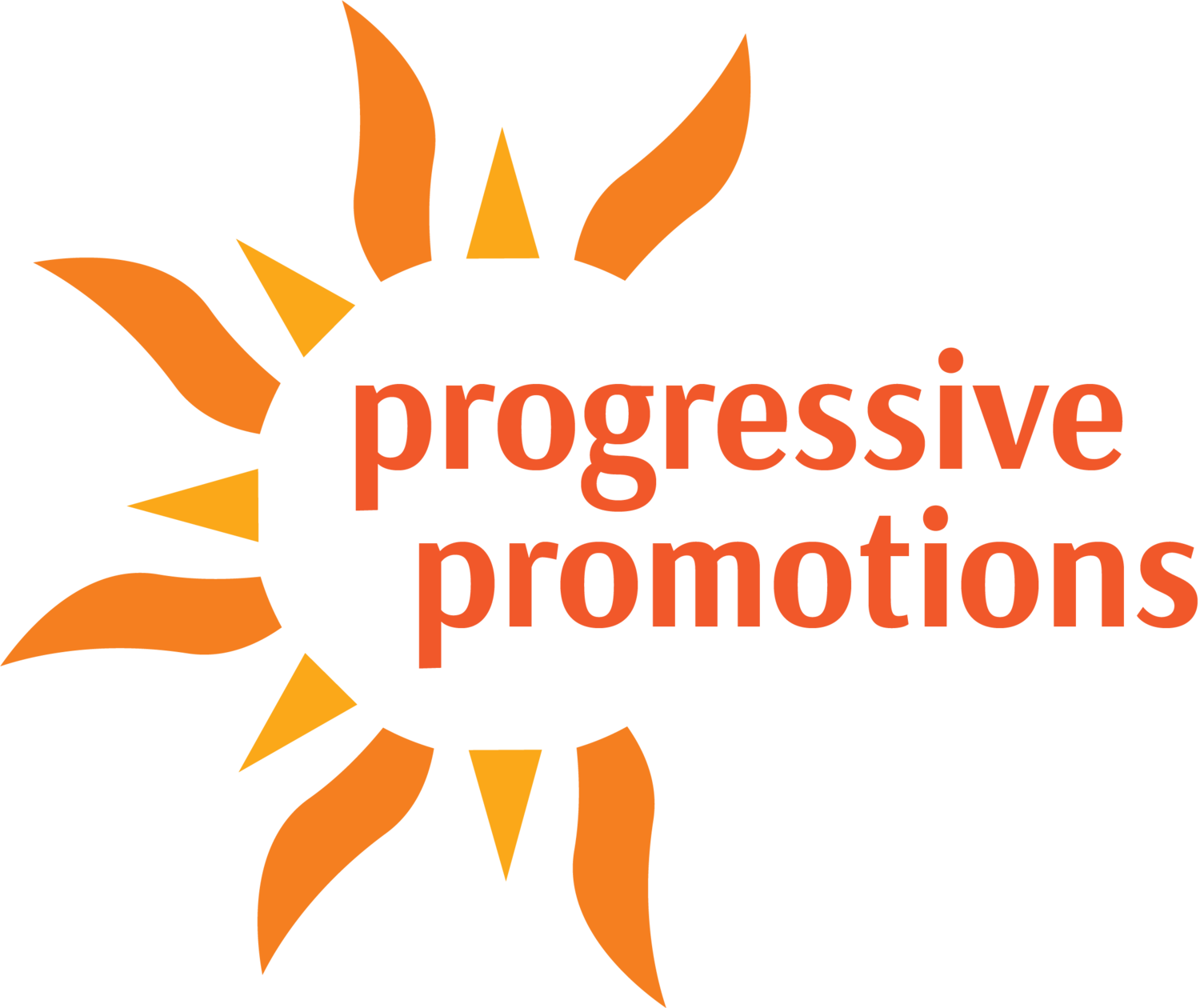Sometimes our friends in the nonprofit world complain that you need a fortune teller to know what will end up being covered by the so-called mainstream media.
Even though there are times when a really good story goes unnoticed, the reality is it's actually pretty easy to know what a reporter/editor/producer will – and won't – consider a story. All you need to know is the "Six Elements" they teach in Journalism 101 – and lucky for you, we're going to hook you up with the SparkNotes.
1. Conflict
Perfection is boring – controversy is irresistible. Beyonce has dominated online news this week not only because she released a killer album, but also because her album and video inspired passionate disagreement and conversations about power, race, gender and sex. Another way to understand this is to look at the POTUS-FLOTUS relationship:
Story: The President and First Lady could be on the verge of a divorce!
NOT a Story: The President and First Lady are happy together.
2. Impact
People care when something impacts them personally but otherwise, not so much. With so much happening in the world – and so many ways to get information – it kind of makes sense. We can't possibly process it all, so our brains sort out and attend to things that affect us most.
Story: Colfax is closed from construction between Lincoln and Broadway.
NOT a Story: Braun Court in Golden is closed for construction
3. Novelty
If it happens all the time, it's not news. The old J-school example is "dog bites man" is not a story but "man bites dog" is! Here's a local example that shows you what we mean:
Story: RTD bus is involved in major crash on Broadway.
NOT a Story: RTD drivers get riders safely to their destinations.
4. Prominence
We are socially wired so people care what prominent or "influential" leaders think. That's why you see well-known politicians endorsing campaigns (ew, looking at you, Chris Christie) and movie stars advocating for their pet causes. In Colorado, we can look for our own examples:
Story: Gov. Hickenlooper supports the Clean Power Plan.
NOT a Story: Jenny Davies supports the Clean Power Plan.
5. Proximity
The closer to home, the more folks care. This is sort of related to Impact – because there's no way we can cognitively process all the information that is streaming in at all times, we all tend to pay attention to those things that are right in front of us.
Story: Students in Colorado are in overcrowded classrooms
NOT a Story: Students in Togo are in overcrowded classrooms
6. Timeliness
Yesterday's news isn't. Unless it's the Broncos, then all bets are off. So even if YOU care that your organization organized a yuuuuuuge rally, passed a bill or released your endorsements, if it wasn't TODAY (or even in the last few hours), it's not a news story.
Story: IF this were to happen...well-known political person goes to jail today.
NOT a Story: TABOR author Douglas Bruce goes back to jail (so March 2016).
So what does all this mean? If you want to increase your chances of attracting media interest, add in as many of the six elements as you can! Here's a quick case study on how to use the elements to maximize coverage:
On April 14, the Denver Fight for $15 campaign staged another rally – something we've done every three months for almost three years now. This one was a three-part event – a Civic Center rally, a march downtown to hold mini-rallies outside major office buildings and a short protest at McDonald's – to 1) kick off new, metro-wide master janitor contract negotiations and 2) draw attention to the business model of mega-corporations that leave low wage workers economically desperate and taxpayers holding the bag for the public assistance employees are forced to use to make ends meet.
To overcome the expected media "haven't we done this before, and who actually cares?" reaction, we figured out how to use five of the six elements in our pitches to maximize interest by highlighting:
- Conflict: Janitors/healthcare/fast food workers (David) vs. rich, corporations (Goliath)
- Impact: 700 participants interacting with thousands downtown
- Novelty: Kick-off of the janitor negotiations (which was completely new)
- Proximity: Civic Center/downtown location, close to media outlets, Capitol & business
- Timeliness: Tax Day Eve (to talk burdens low-road employers stick taxpayers with)
And CBS-4, Fox 31, Univision, Telemundo, Denver Post, Clear Channel radio, KBNO, Onda/1050 AM and others responded!
So the next time you think you want to pitch a story, ask yourself the questions below:
- Is there conflict here?
- Does this have significant impact to a lot of real people?
- Is there any novelty or is this the same-ole, same ole?
- Do we have a prominent "champion" or celebrity to help get the word out?
- Does this affect folks in Colorado/my city?
- Is this about to happen today/tomorrow/in the coming days?
If you can't say yes to three or more, we're sorry to say it's just not a story unless, of course, it's about the Broncos or an impending snowstorm – then all bets are off! The good news is there are other ways to share the info – see our last post on social media platforms...
Photos: xonecole.com, beautifulbrowngirls.com, google.com/maps, denver.cbslocal.com, denverchannel.com, facebook.com, denverchannel.com, coloradopols.com.














